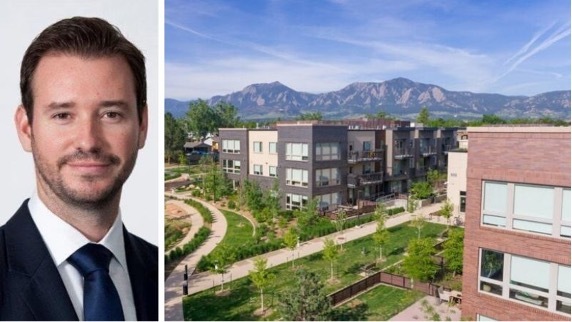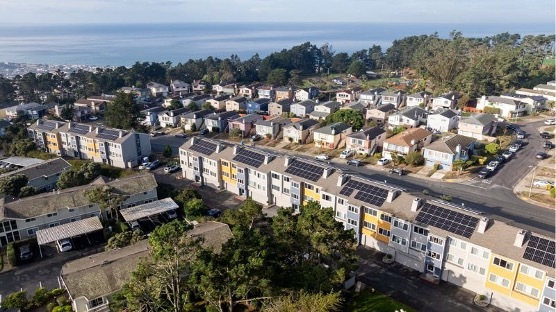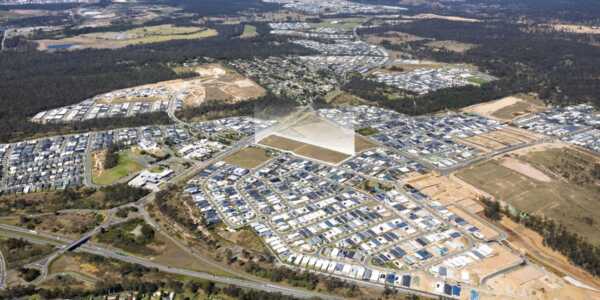Blackstone, the world’s largest alternative asset manager, this month agreed to acquire Apartment Income REIT for a reported $15.2 billion.
But according to Australian REIT analysts, although the step is an interesting one for the US giant, it isn’t necessarily signalling a path for domestic REITs.
With more than $US1 trillion in assets already under management, Blackstone announced plans to invest more than $US400 million (in an all-cash deal worth $US39.12 a share) in Apartment Income REIT, also known as AIR Communities.
The AIR Communities acquisition is the latest of several moves into rental housing for Blackstone, a predominantly commercial real estate owner. Blackstone this year agreed to spend $US3.5 billion to take single-family landlord Tricon private.
Jack Magann, portfolio manager at Oracle Advisory Group, says that although it is insightful to view from afar what companies such as Blackstone are doing stateside, Australia’s REIT landscape remains largely out of the residential space.
“Although we are trying to develop the build-to-rent sector here, it’s only just getting off the ground now. There’s not really a like-for-like comparison here with those apartment REITs in the US. It’s just a different market here,” he says.
“Having said that, I think there should be a lot of transactions this year in the REIT sector in Australia. We’ve already seen a merger between Bunnings’ BWT and Newmark Property REIT at the start of 2024. BWT got in for a really good price.”

Oracle Advisory Group portfolio manager Jack Magann.
Magann adds it’s an interesting time for investors in REITs.
“Most things are trading below their net tangible assets. So, if you’re going to get takeovers, you’re going to get a good premium at the current share price.”
The perceived affordability in Australia’s REIT assets will also be a driver behind an uptick in activity this year, Magann says.
“Alternative assets managers from the US and other big overseas investment groups will be looking to invest in our REITs,” he says.
“Currently we’ve got Dexus and Charter Hall, two of our biggest REITs, trading below their tangible assets."
“Not only do they appear more affordable, but globally Australia is seen as a safe investment. There’s a lot of money overseas looking for a secure place to put their capital.”
Benjamin Martin-Henry, head of real assets research Pacific at MSCI, agrees Australia is increasingly seen as a soft landing for global investors.
“It’s always been viewed as a safe haven. We tend to weather economic storms a bit better than others but our market is quite small still,” he says.
“A sum of $US10 billion is quite small in the US but down here that’s an enormous number.
“Companies like Blackstone like to make a splash, it’s just a little harder to make a splash here because owners don’t generally want to sell.

MSCI head of real assets research, Pacific, Benjamin Martin-Henry.
“I don’t necessarily think Blackstone’s move is going to change anything because companies do this all time."
“But it does show their commitment to multi-family in the US and could give people a bit more ammunition to say, ‘Look, Blackstone has dropped $US10 billion on yet another multi-family portfolio, why wouldn’t it work down here?’.”
While Australia’s build-to-rent sector is small compared to other markets in the US or Europe, Martin-Henry says that what shoots of growth we have are blooming.
“The market has been heading that way for a few years now in our build-to-rent space.
“It’s not nearly as advanced as it is in the US but it’s certainly something that’s grown in popularity during the past five or six years.
“There are a number of projects that have opened up; some in development and it seems there are regular articles about new applications being launched in the build-to-rent space—and there are certainly obvious reasons.”
He says our unique housing market coupled with a historically strong commercial market means local investors have been focused on other assets to date.

Alternative assets managers in the US will look to invest in Australian REITs, says Magann.
“If you look at the relative pricing between the core real estate sectors such as office, retail and industrial, and just look at how much money they make, 15 years ago offices had 7 or 7.5 per cent yield while residential was 2.5 to 3 per cent,” he says.
“You were definitely better off putting your money into an office.
“Investors looked at it from a from a pure money-making point of view and thought they were better off sticking to commercial sectors.
“But during the past four or five years those office, industrial and retail yields started to compress and everything got more expensive.
“As you got down to 4 and 3 per cent, that cut in line with where residential was sitting. And residential is arguably a little less risky because in good times people need places live and in bad times people need places to live.
“Those fundamentals have shifted and with population demographics changing the way they currently are, we’re always going to need more residential.
“So, why not get into it?”
Author - Kirsten Craze, The Urban Developer









